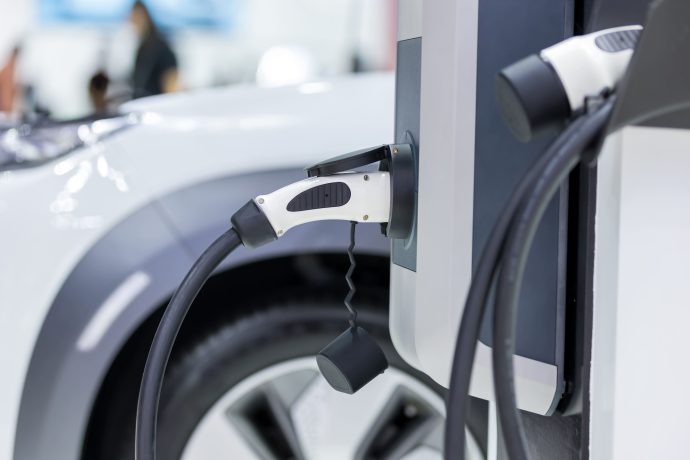
Range of electric commercial vehicles
The use of electric commercial vehicles has increased sharply in recent years. Not only because they are cleaner and more sustainable than traditional fuel vehicles, but also because they now have a larger range. But how exactly is the range determined? Below we answer this question and take a closer look at the factors that influence the range.
WLTP and NEDC: what do these acronyms mean?
When it comes to determining the range of electric vehicles, there are two different types of tests that are used: WLTP and NEDC. WLTP stands for Worldwide harmonized Light vehicle Test Procedure, which is a standard test that all European and American car manufacturers must use to determine the combustion values of fuel vehicles and the range of electric vehicles. The battery is completely driven from 100% to 0% at different speeds. NEDC stands for New European Driving Cycle and is a test designed to measure the fuel efficiency of vehicles.
How do WLTP and NEDC differ from each other?
While WLTP and NEDC are both used to determine the range of electric vehicles, there are a number of important differences between the two tests. The WLTP test is much more extensive than the NEDC test, because the WLTP test also takes external factors into account. The WLTP test is based on real driving conditions such as weather, traffic and terrain, while the NEDC test is based on standard driving conditions. The WLTP test has actually replaced the NEDC test, as the WLTP test is a lot more reliable than the NEDC test.
Factors affecting range
The range of electric commercial vehicles is influenced by a number of factors:
- The capacity of the battery. The capacity determines how far an electric car can travel on a single charge. The greater the capacity of the battery, the greater the range.
- The driving style of the driver. Driving at high speeds or with a lot of acceleration can cause the battery to drain faster.
- Weather conditions. Temperature, wind and precipitation can affect the range of an electric car. In cold temperatures, for example, the battery is empty faster.
- Weight of the car. A heavier car or a car that is heavily loaded will use more energy and will therefore be able to drive less far.
- Type and size of the car. A small city car with a smaller battery generally has a shorter range than a larger car with a larger battery.
- Use of accessories. The use of the air conditioning, heating and lighting can affect the range. These things use energy from the battery, so that it is also empty faster.
Conclusion
The range of electric commercial vehicles can be measured in two ways, via the WLTP test and the NEDC test. The WLTP test is nowadays the most common and also the most reliable. The range of electric commercial vehicles can be influenced by various factors, such as the capacity of the battery, the driving style of the driver, the weather conditions, the weight of the car, the type and size of the car and the use of accessories. It is therefore important to take these factors into account when driving an electric van.
The advantages of leasing with Bedrijfswagenleasing
- No annual reports required
- Available from stock
- Delivery throughout the Netherlands

